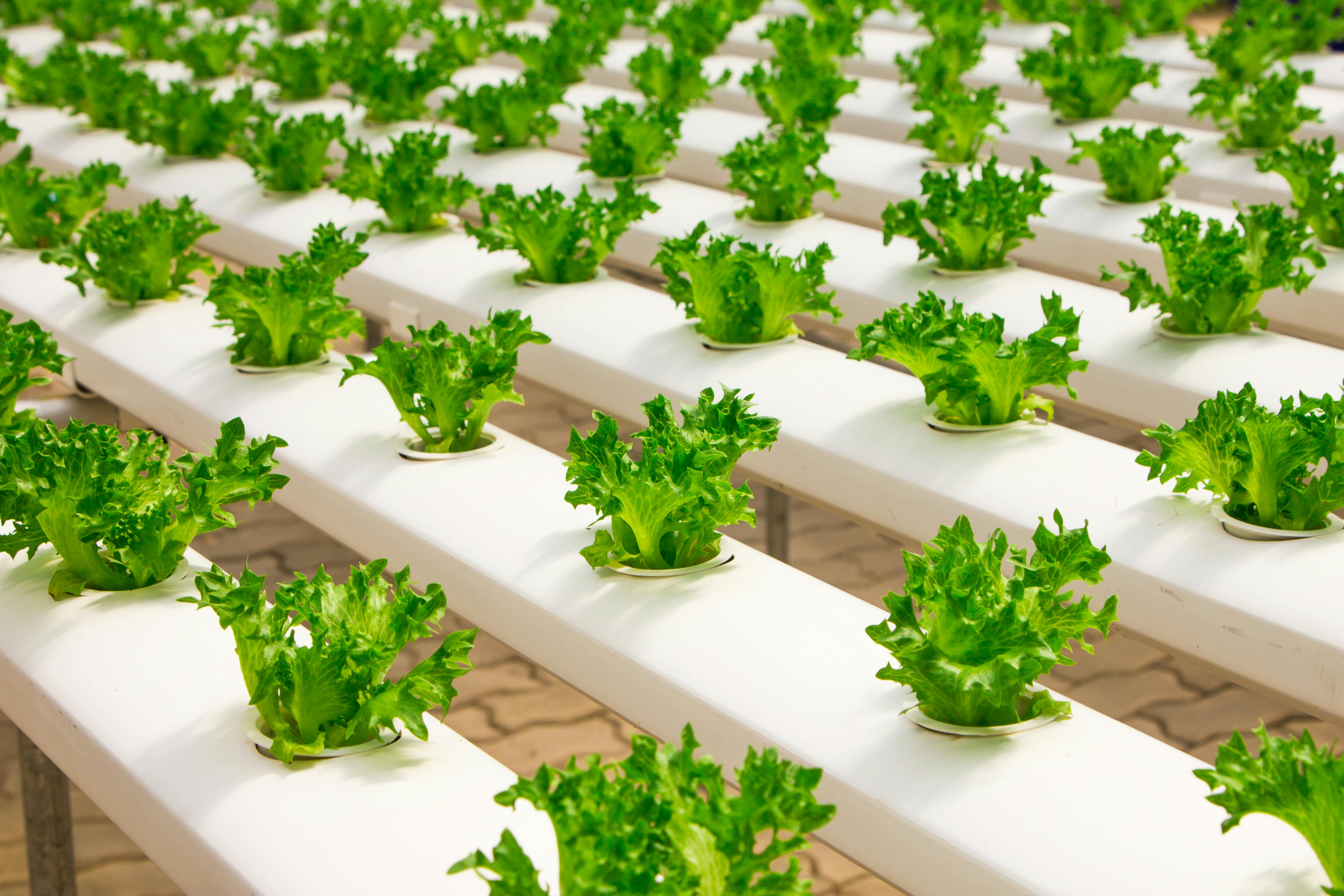Growing Success: A Complete Guide to Greenhouse Gardening
A greenhouse represents a significant advancement in gardening technology, offering gardeners the ability to cultivate plants year-round regardless of external weather conditions. This controlled environment provides optimal growing conditions for various plants, from delicate flowers to productive vegetables, making it an invaluable tool for both hobby gardeners and professional growers. Understanding greenhouse basics and management is essential for maximizing your growing success.

Essential Components for Successful Greenhouse Gardening
Proper greenhouse setup requires several key elements for optimal plant growth. Ventilation systems help regulate temperature and humidity, while irrigation systems ensure consistent water supply. Temperature control mechanisms, including heaters for cold seasons and shade cloth for summer, maintain ideal growing conditions. Additionally, proper shelving and plant support systems maximize available space while promoting healthy growth.
Financial Considerations of Greenhouse Investment
Installing and maintaining a greenhouse involves various costs that should be carefully considered. Initial expenses include the structure itself, foundation work, and essential equipment. Here’s a breakdown of typical costs:
| Greenhouse Type | Average Cost Range | Additional Features |
|---|---|---|
| Hobby Greenhouse (8x10) | $1,000-$3,000 | Basic ventilation |
| Medium Size (10x20) | $3,000-$7,000 | Automated systems |
| Professional Grade (20x40) | $10,000-$25,000 | Full climate control |
Prices, rates, or cost estimates mentioned in this article are based on the latest available information but may change over time. Independent research is advised before making financial decisions.
Plant Selection and Growing Strategies
Choosing appropriate plants for greenhouse cultivation requires understanding different growing zones and plant requirements. Popular greenhouse plants include tomatoes, cucumbers, herbs, and tropical specimens. Success depends on proper spacing, timing, and understanding each plant’s specific needs for light, water, and nutrients.
Maintaining Optimal Growing Conditions
Regular maintenance ensures your greenhouse continues to provide ideal growing conditions. Daily tasks include monitoring temperature and humidity levels, checking for proper ventilation, and inspecting plants for signs of stress or disease. Seasonal maintenance involves cleaning panels, checking seals, and adjusting climate control systems according to changing weather patterns.
Long-term Planning for Garden Success
Successful greenhouse gardening requires strategic planning throughout the year. Create a planting calendar that accounts for different growing seasons and crop rotation. Consider implementing sustainable practices like water conservation systems and organic pest control methods to ensure long-term success while minimizing environmental impact.






